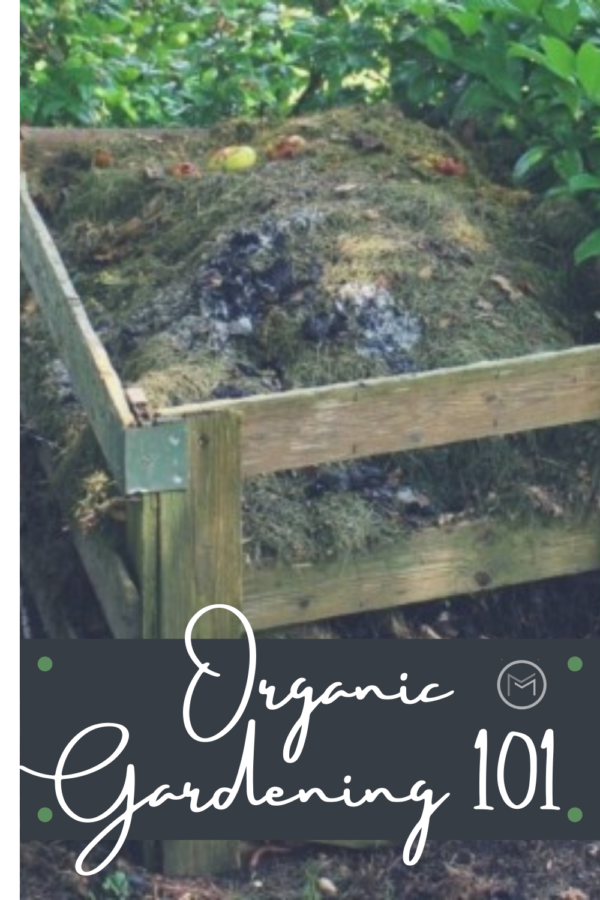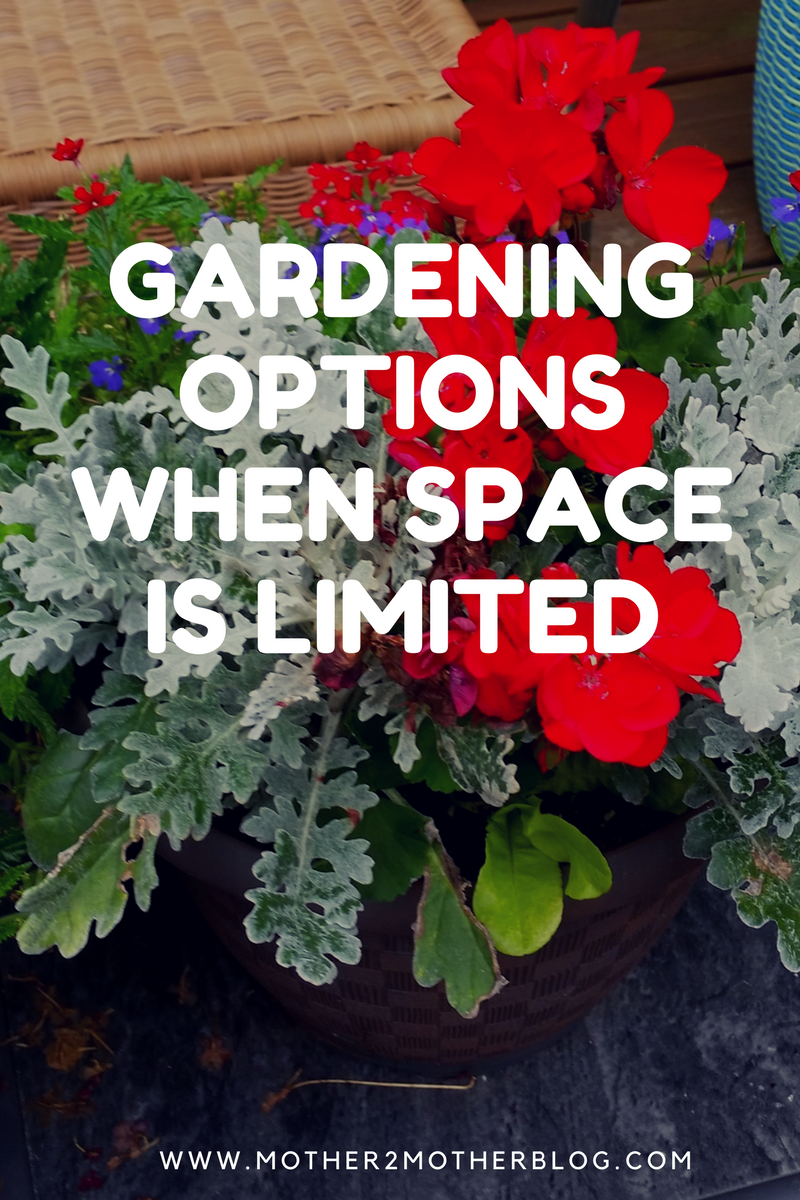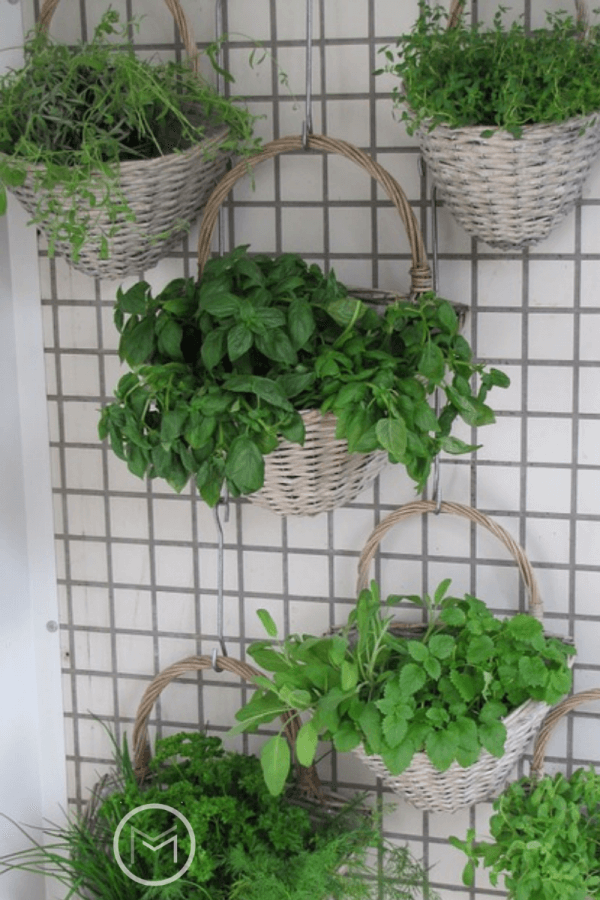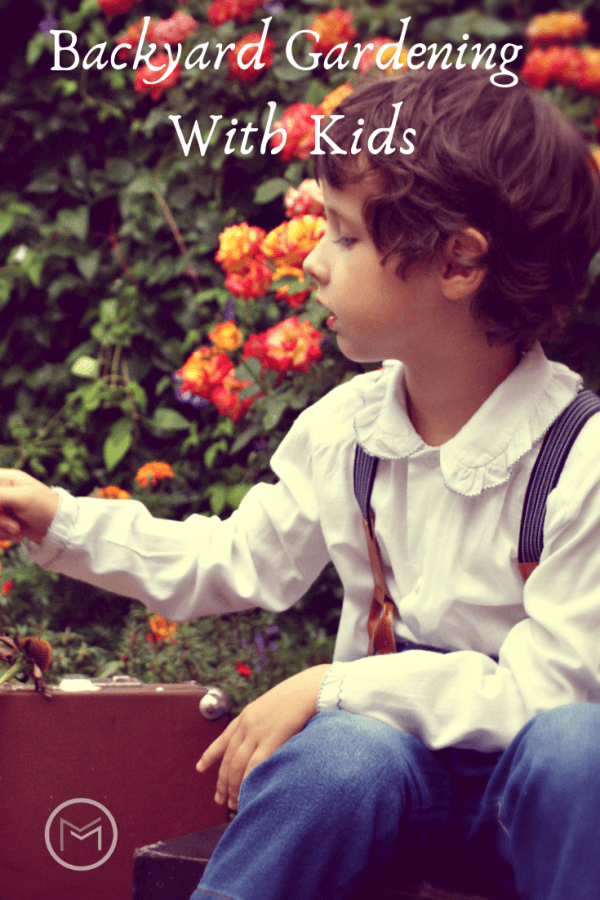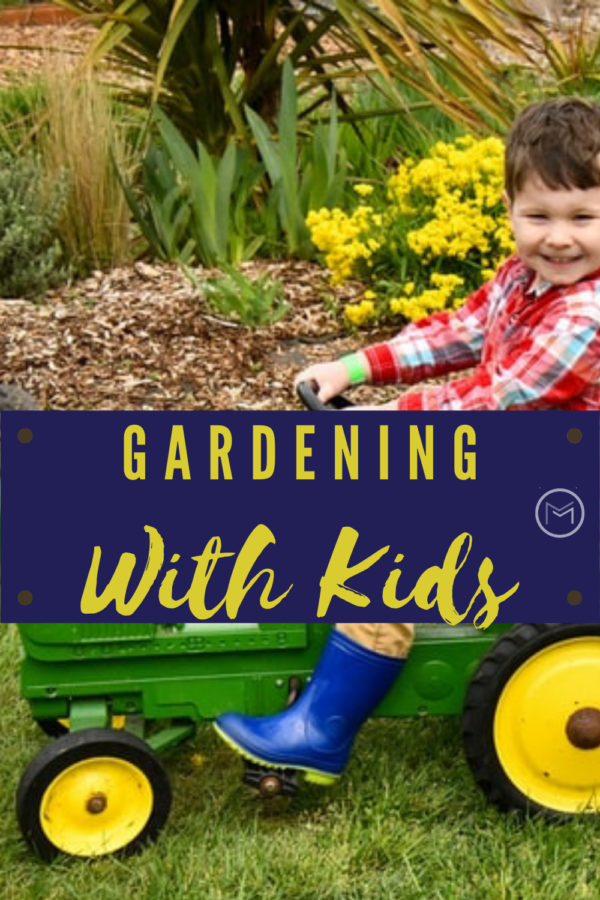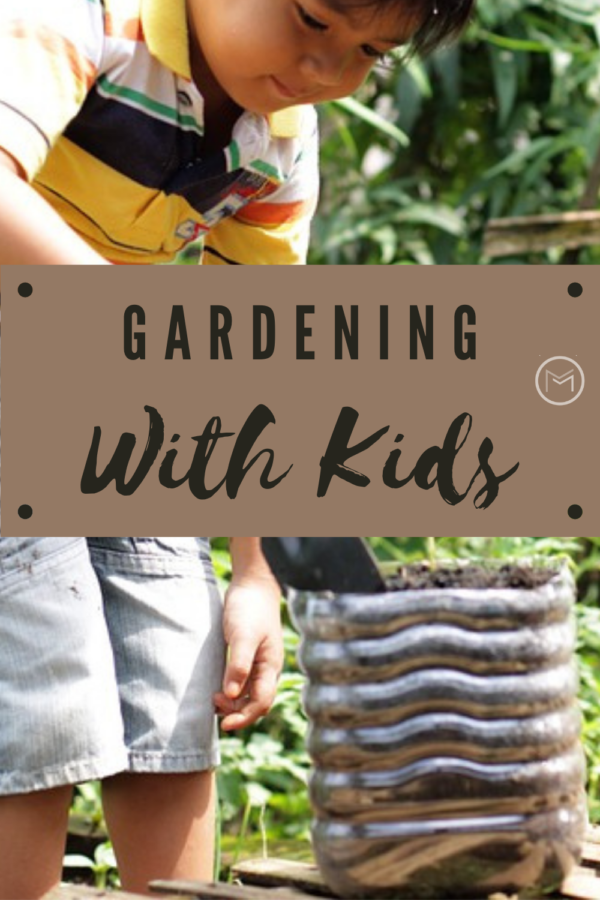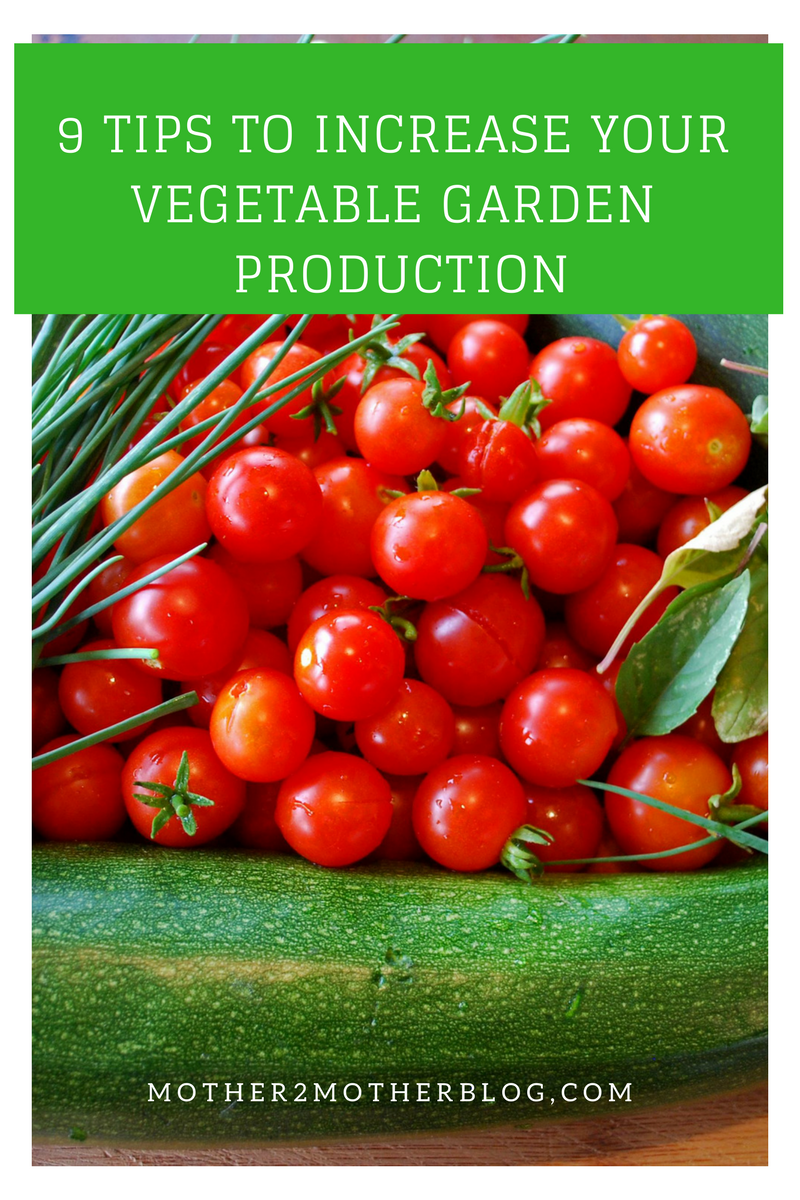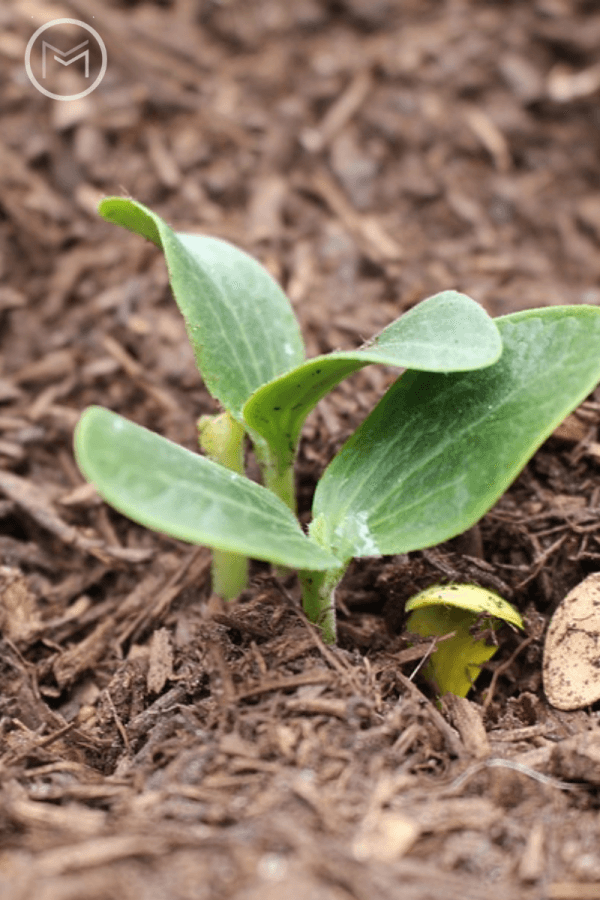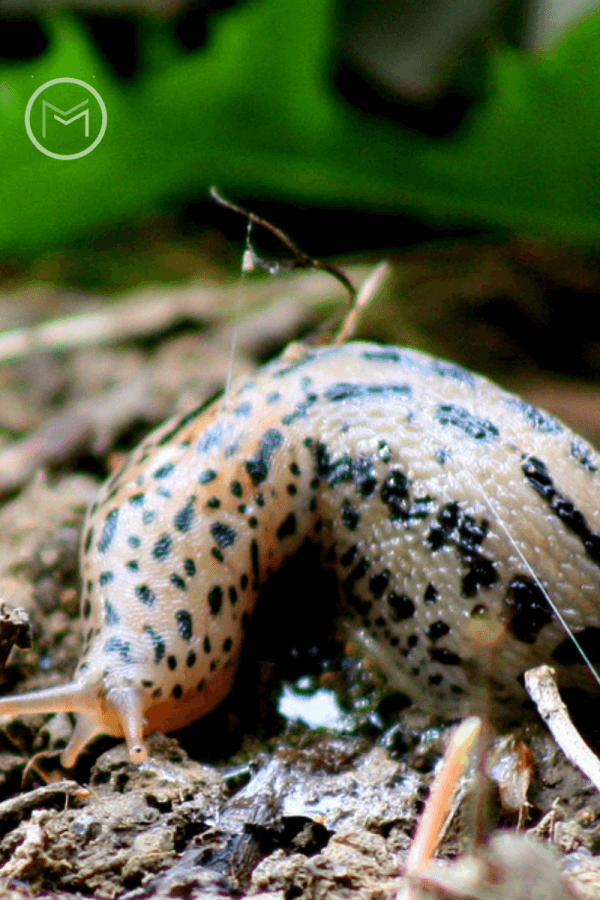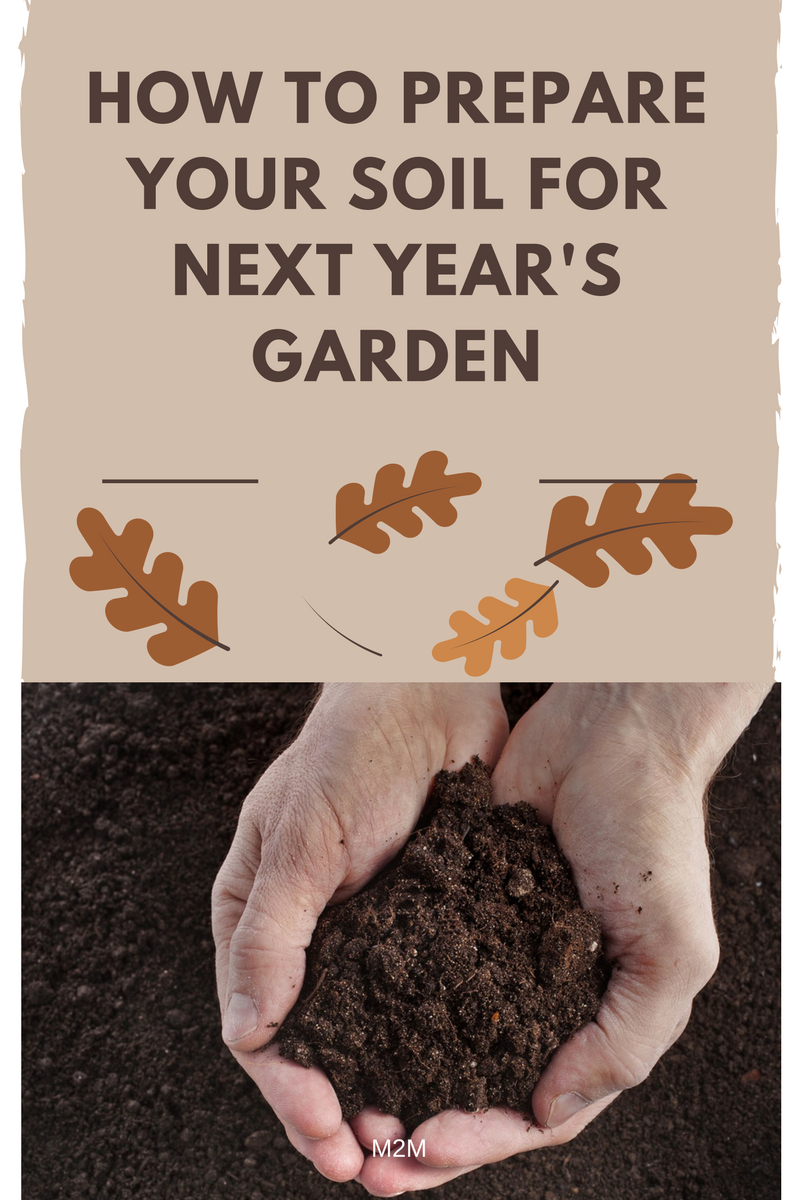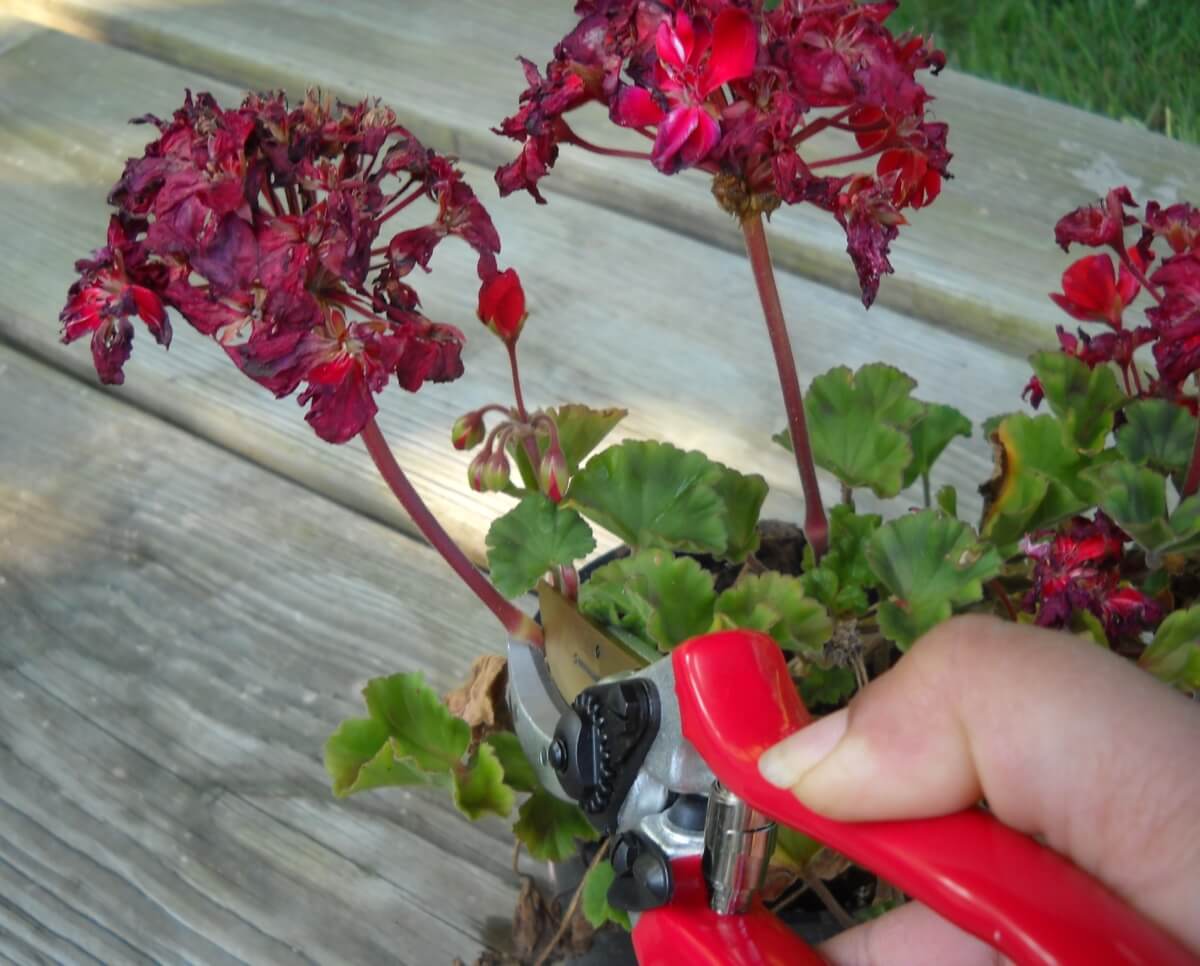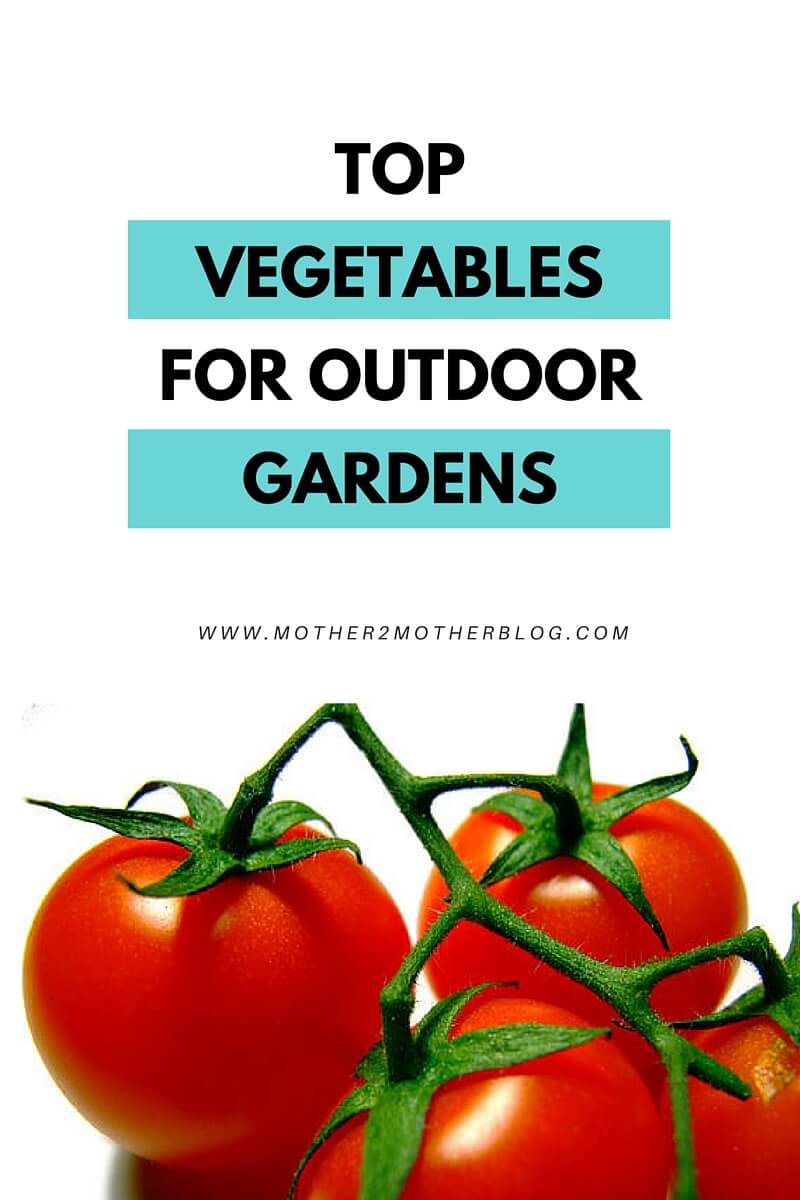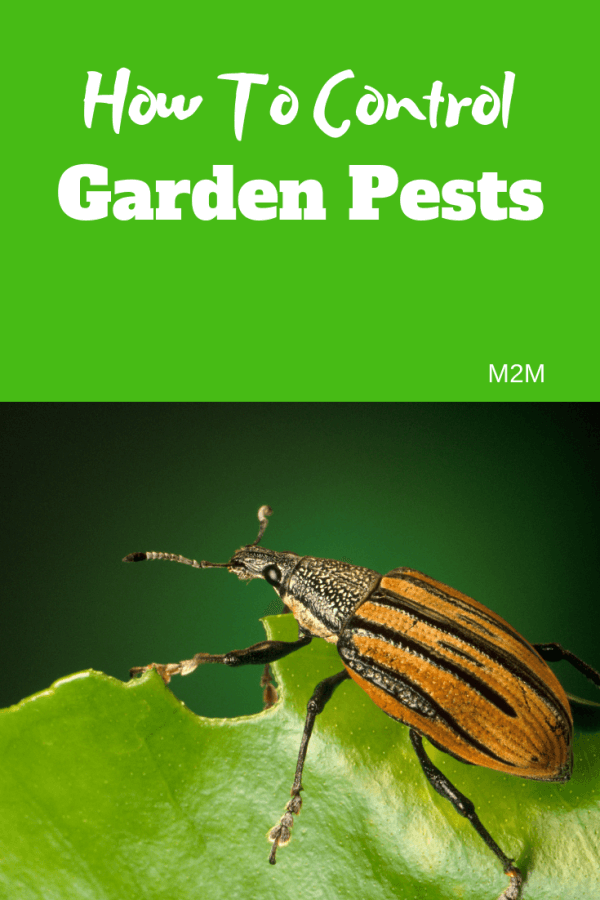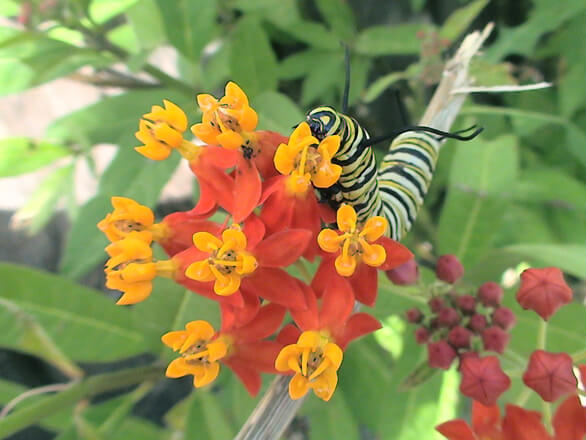Today, I’m sharing tips on how to grow carrots in your backyard garden. A backyard vegetable garden is the perfect place for you and the kids to grow yummy carrots. They are a great snack and wonderful in soups, stews and other dishes. Carrots are a root vegetable, which are a rich source of vitamins and a favorite food of many people. However, growing carrots is not simple.
Growing carrots requires more of a challenge than you might think. It would be a pity if your achievements turn out small in size or their taste is not appealing. So. if you intend to plant carrots, you need to know some useful tips to make sure that they will grow steadily.
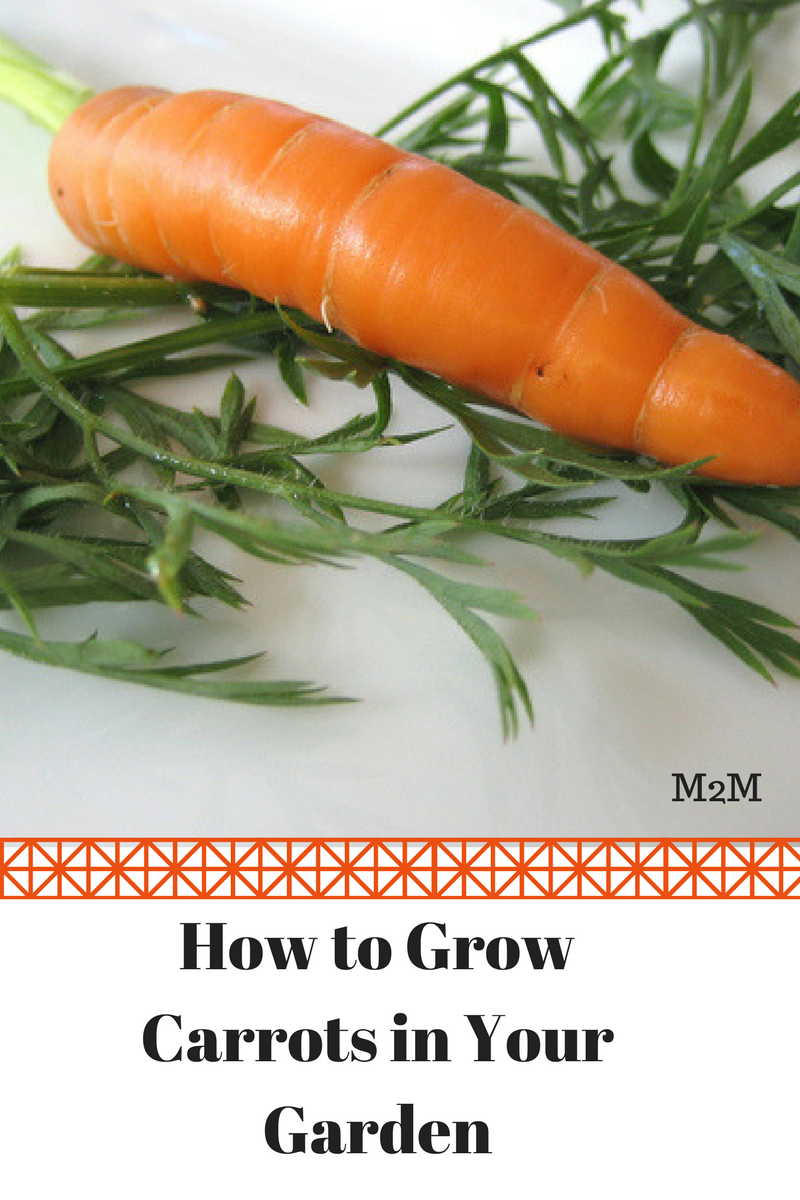
Here’s how to grow carrots:
When and Where Should You Grow Carrots?
You can sow the carrot seeds from March to August because it’s a good time to receive enough sunlight and moisture from rain water. In case you want to grow carrots in the winter, you can plant them in the greenhouse. Carrots can develop ideally in the fertile soil and a sunny location. If the soil in your garden is stony or clay, you may need to plant short root carrot varieties such as Carson or Parmex.
How to Grow Carrots in Your Garden
If you carry out the following steps, you can harvest your carrots as you expect.
- Remove any weeds from the soil before you sow the seeds.
- Use a stick to make rows of 1 cm in depth and leave 30 cm for each row.
- Sow your carrot seeds thinly along the row to make sure that every single seed can receive enough nutrients, light, and moisture.
- Pull the soil at the edges of the row back to cover your carrot seeds.
- Water the area.
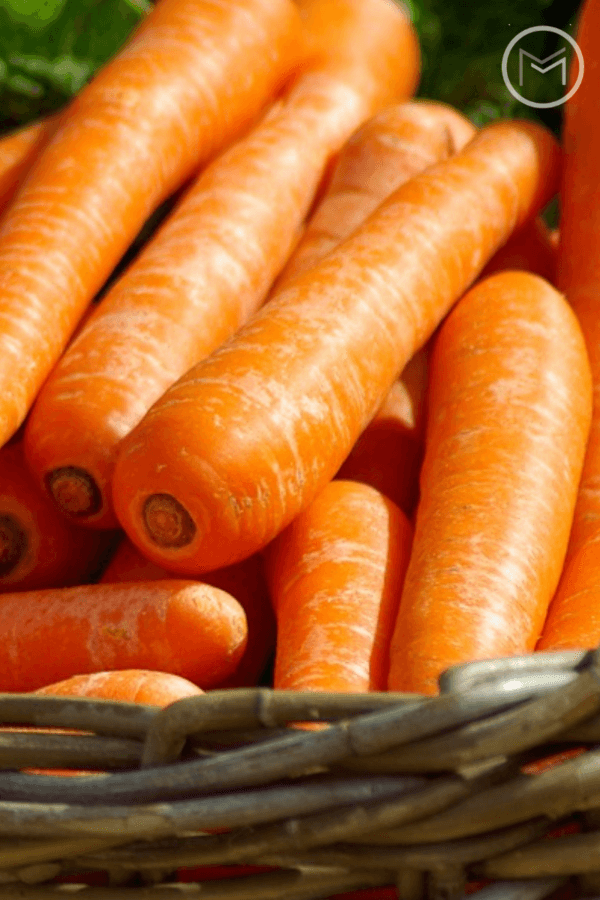
How to Take Care of Carrots
- Water at least once a week
- Make sure the soil is draining well.
- If plants are taller than 3 inches, cut the top.
- After 1.5 months, fertilize the carrots
- Always eliminate weeds around the area where the carrot is growing
How to get rid of pest from carrots
- Carrot rust fly and carrot weevils: The eggs of these insects can impede the growth of your carrots. They also take nutrients from your plants. One effective way to eliminate these eggs is to change the locations of your plants each year. Or, you can grow them under row covers.
- Footed Pests: Lots of animals want to eat the leaves of carrots, while the others tend to dig deeper to try the roots. The thumb rule to get rid of the pests is to keep them away from the growing area. In this case, building a fence surrounding your plants is the best way.
- Diseases: Some bacteria cause carrots to yellow, soft rot, leaf blight, and so on. You need to remove all the diseased carrots or change to a new location the next season.
Harvest carrots
Once you learn how to grow carrots, you can harvest them within 50-75 days. However, read the harvest guide on the seed package. Remember that carrots will get their full sweetness when they are mature.
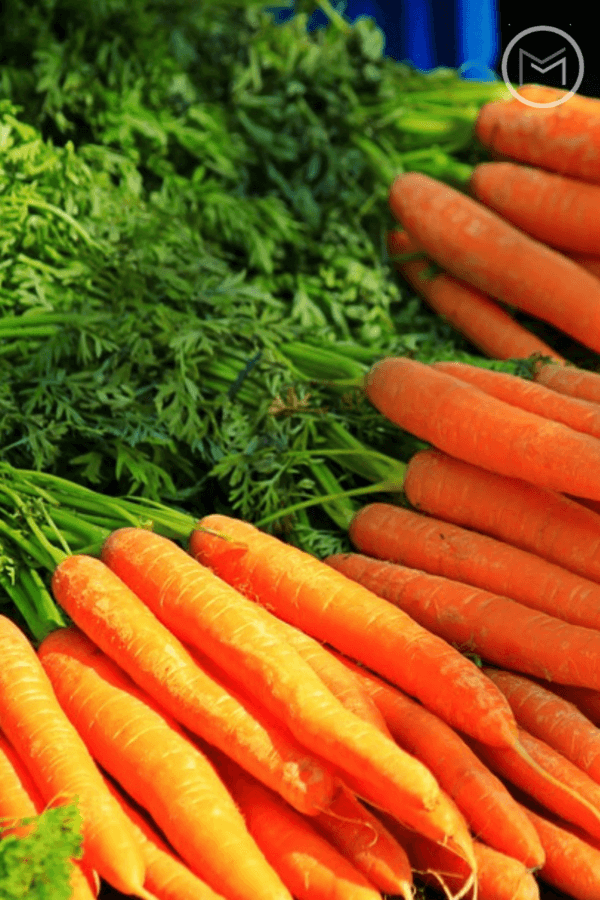
You can dig the carrots before the first frost by softening the soil. Simply water the growing area. Afterwards, you can pull the carrots up. Enjoy the great feeling of eating your carrots with tomatoes as a salsa or cook them in your favorite recipes.
We hope you have found our tips on how to grow carrots useful. So, purchase a pack of carrots and start planting. You will be excited about watching your carrots grow and you will enjoy eating fresh and cooked carrots. If you have questions or just want to share your tips, please leave a comment.
——————
Author Bio
Richard Clayton
Richard Clayton of My Greenery Life. It’s a place, where we can discuss everything about lawn care, DIY gardening and critter control topics.

